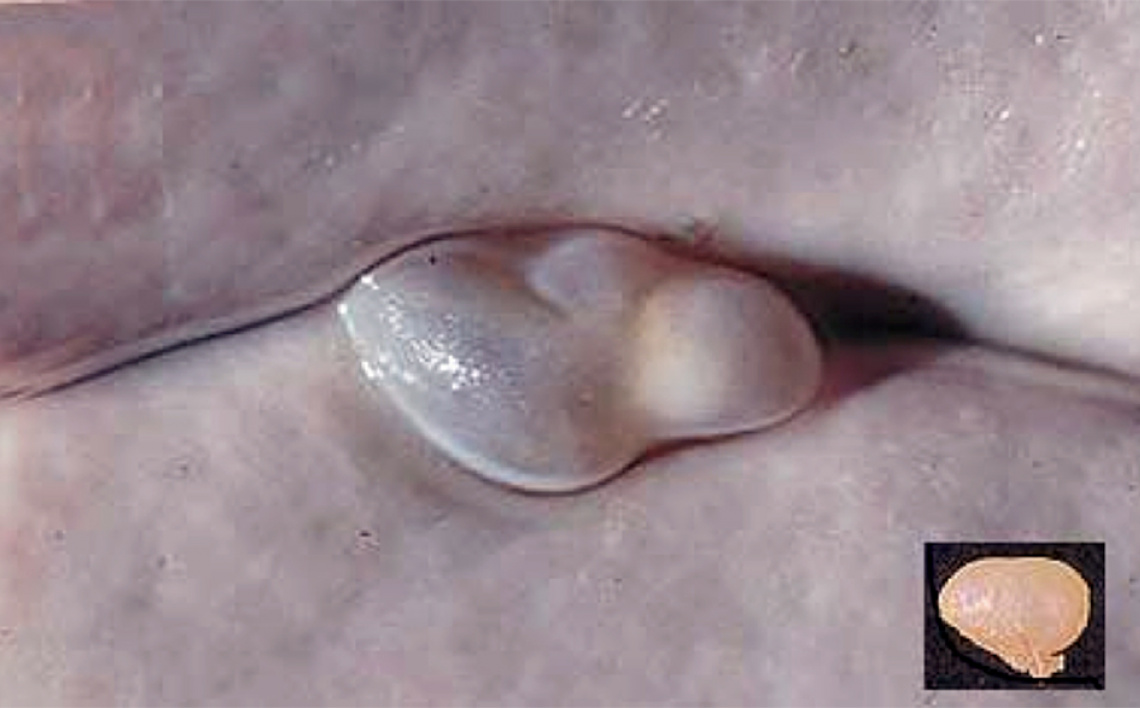Wildlife Health Diseases affecting Idaho's wildlife
About Tapeworm cysts (Cystercerci)
Several species of tapeworm produce cystercerci in the intermediate host. The most common in cervids is Taenia hydatigena, but other species including T. pissiformis and T. krabbei.
Commonly Affected Species:
Signs Of Disease
Cystercerci are usually small bladders, approximately 0.5-2 cm in diameter, containing fluid and a single larval tapeworm. The location of the cystercerci depends on the tapeworm species and the host species. Taenia hydatigena and T. pissiformis typically form cystercerci in the mesenteries or the liver. Taenia krabbei typically forms cystercerci in the skeletal muscle. There also may be white, star-like scars on the surface of the liver from the migration of larval tapeworms.
Carnivores like wolves, coyotes and foxes are the definitive host of the adult tapeworms and usually appear healthy even though they may be infected with large numbers of tapeworms.
Where is Disease Found?
Tapeworm cystercerci are found in appropriate ruminant hosts across most of North America. They are commonly reported in ungulates in Idaho.
How Can I Protect Myself?
Human exposure to or consumption of T. hydatigena that occur in deer, moose or elk does not cause disease in humans. Cysts can easily be trimmed from the liver and other organs. Cystercerci of T. krabbei can be trimmed from the skeletal muscle. Trimmings should not be fed to domestic dogs or cats.
Samples to Collect
If there is concern about this condition, contact a conservation officer or an Idaho Department of Fish and Game Regional Office. Appropriate samples can be collected for testing if deemed necessary.
Can I Eat The Meat?
Judicious trimming of affected organs can remove most cystercerci. Meat from infected animals can be consumed by humans. Thorough cooking will kill the parasite. Do not feed carcass trimmings containing tapeworm cysts to dogs or cats as they can become infected with adult tapeworms.
What is IDFG doing to help manage this disease?:
Cystercerci cannot be prevented or controlled in wild animals.




